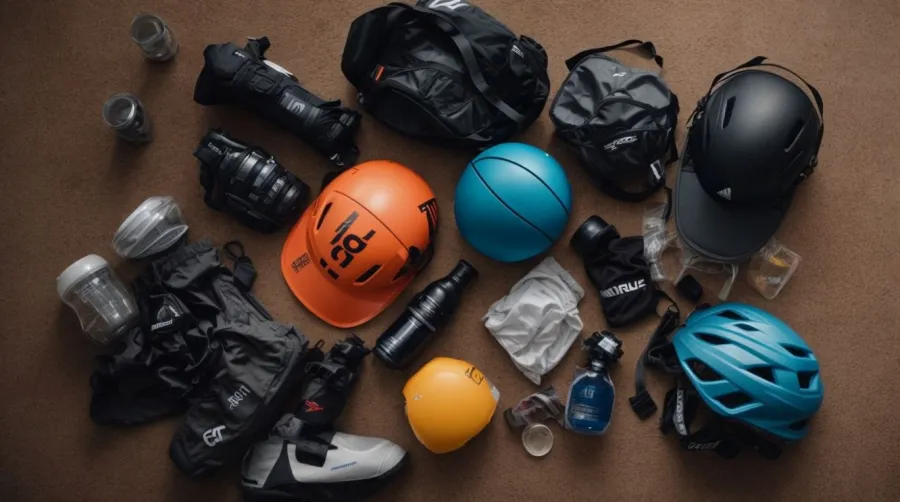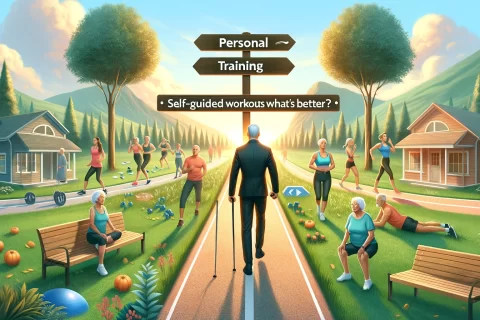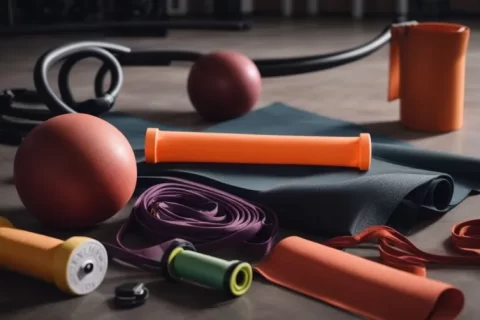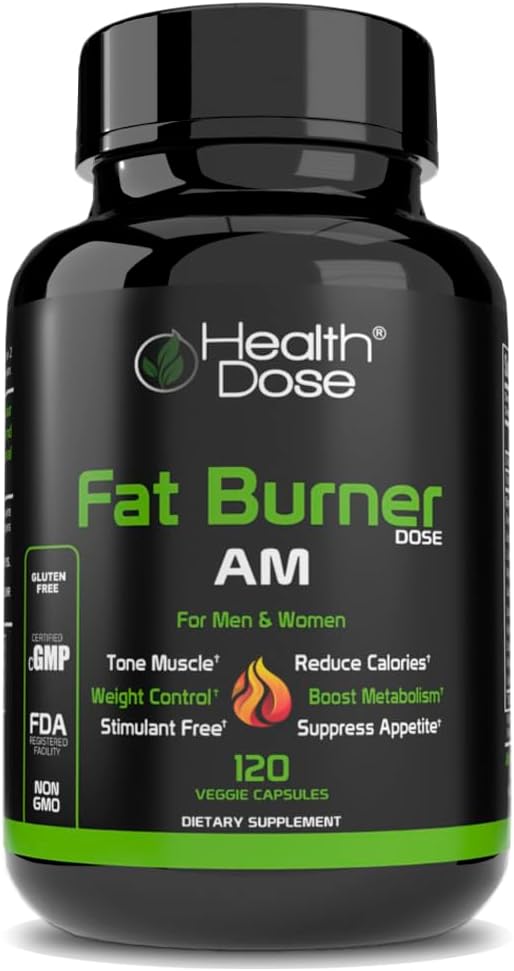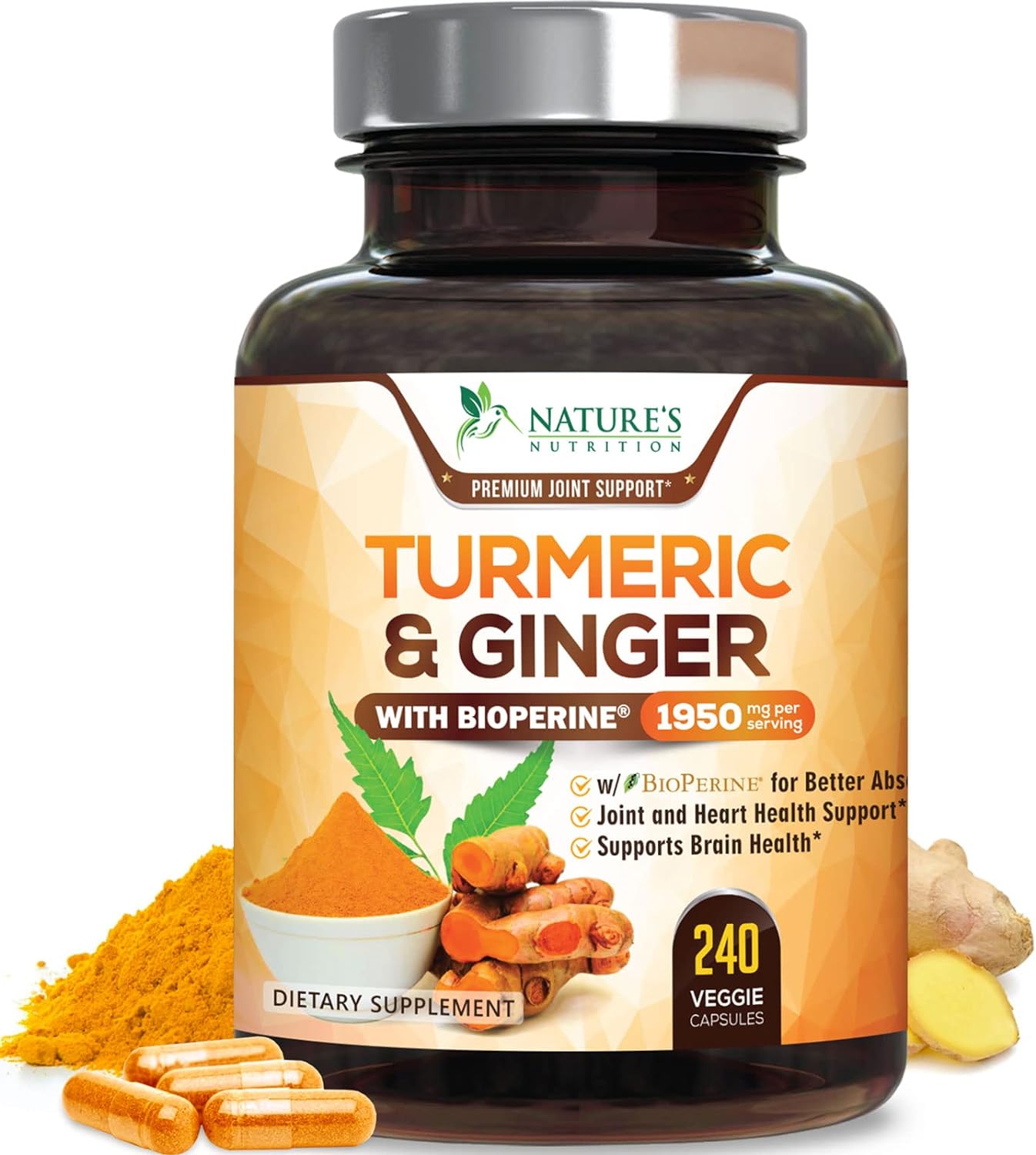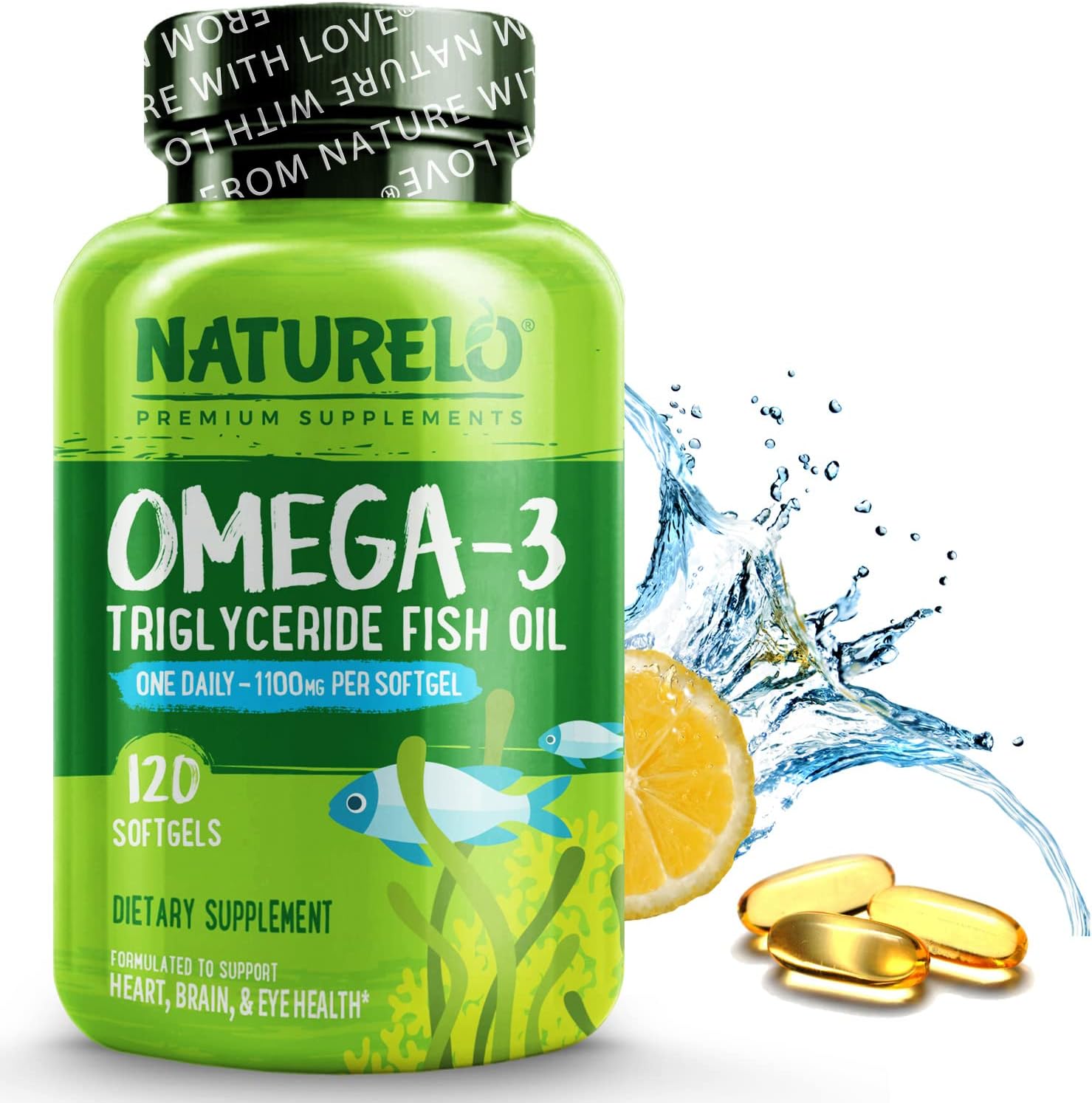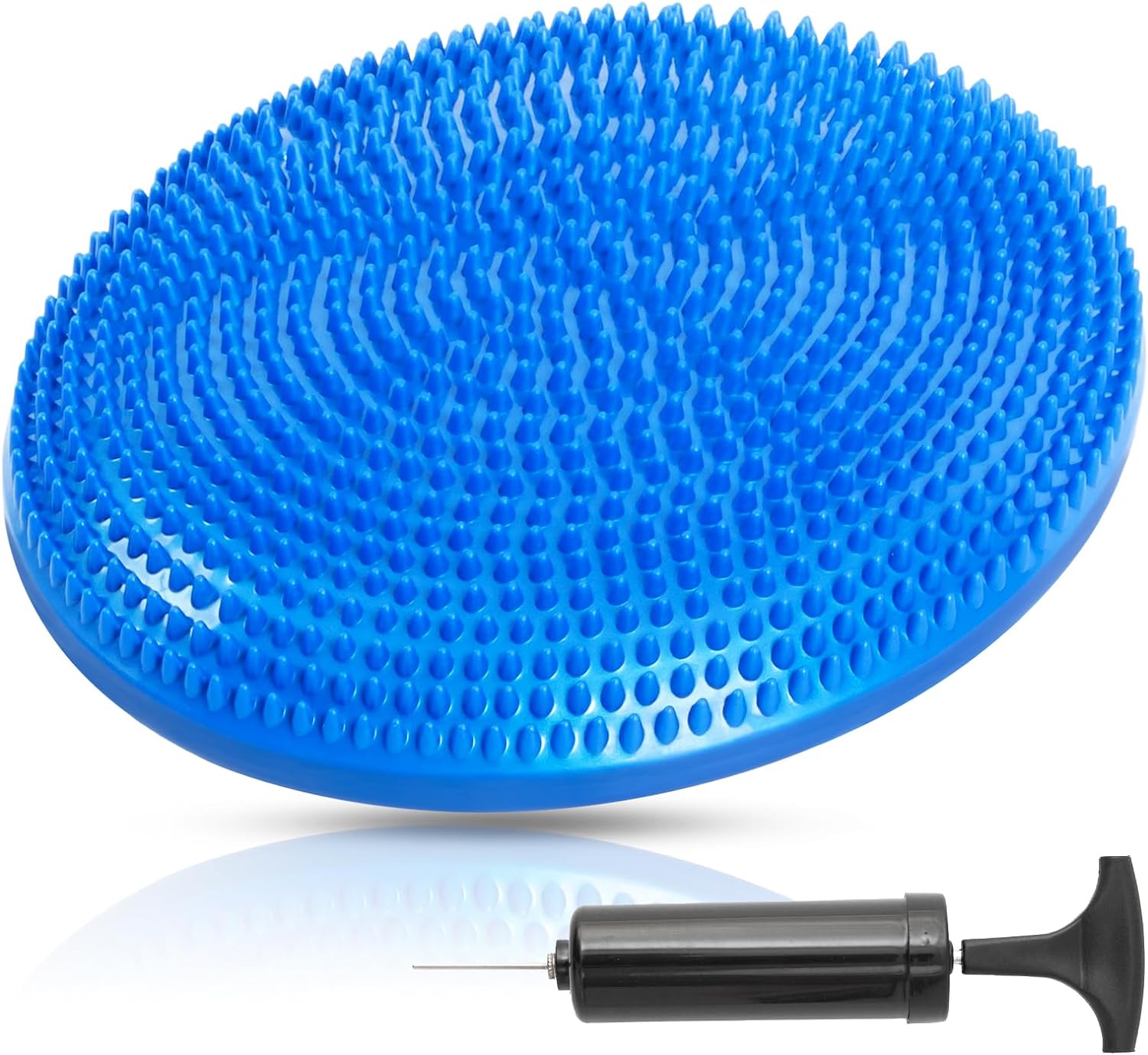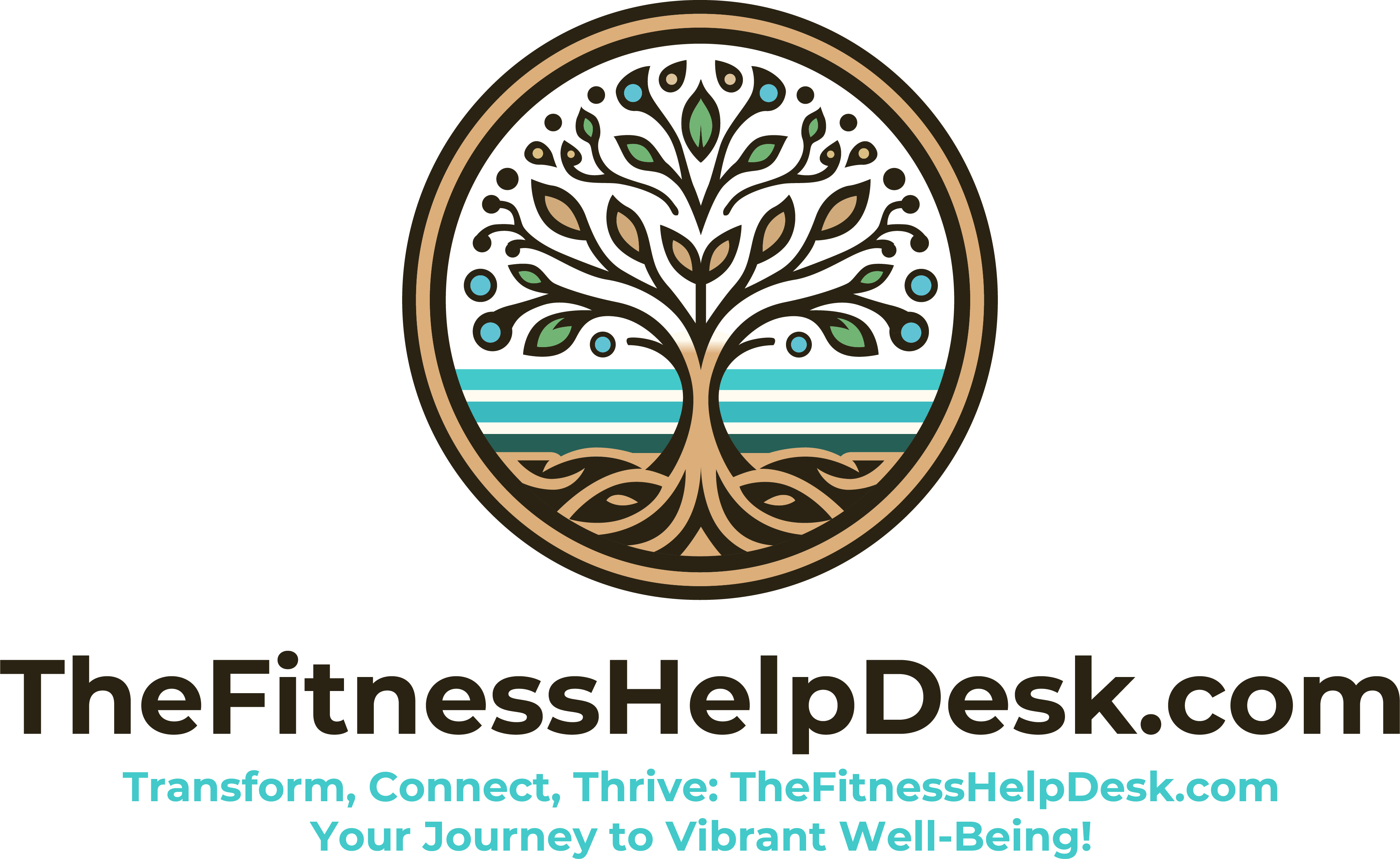Injuries are a common risk for athletes of all levels, but for amateur athletes, they can be particularly devastating. Understanding the most common types of sports injuries and what causes them is crucial for staying in the game.
We will explore key strategies for injury prevention, including proper warm-up, strength training, and rest. Specific injury prevention tips will also be provided for popular sports like running, soccer, and basketball.
Lace up your sneakers and let’s dive into the world of injury prevention for amateur athletes.
Why is Injury Prevention Important for Amateur Athletes?
Injury prevention plays a crucial role in the well-being and performance of amateur athletes, encompassing essential strategies to ensure sports safety and mitigate injury risks.
Focusing on injury prevention not only safeguards athletes from potential harm but also allows them to consistently train and compete at their full potential. By incorporating proper warm-up and cool-down routines, athletes can prepare their bodies for physical exertion and aid in recovery post-activity. Emphasizing the use of proper technique and equipment further reduces the likelihood of sports-related injuries. Staying attentive to signs of overtraining or fatigue can help athletes avoid pushing themselves beyond their limits and risking injury.”
Understanding Common Sports Injuries
Understanding common sports injuries is vital for athletes and coaches to address injury risk reduction, manage injuries effectively, and utilize sports medicine principles for optimal recovery.
Sports injuries can vary in their nature and severity, with some of the most prevalent types including sprains, strains, fractures, and dislocations.
Proper diagnosis and treatment are essential in the management of these injuries, often requiring a multidisciplinary approach that involves healthcare professionals, physical therapists, and coaches.
Sports medicine plays a crucial role in not only treating injuries but also in preventing future occurrences by focusing on strength training, flexibility, proper technique, and adequate rest.
By understanding how different injuries occur and how they can be treated and prevented, athletes can enhance their performance and longevity in sports.
What Are the Most Common Types of Sports Injuries?
The most common types of sports injuries encompass a range of musculoskeletal issues, emphasizing the importance of injury risk reduction, effective injury management, and raising awareness about potential sports-related injuries.
Such injuries can include sprains, strains, fractures, and dislocations, which can significantly impact an athlete’s performance and overall well-being.
Dealing with these injuries necessitates a multi-faceted approach that incorporates proper conditioning, rest, physical therapy, and sometimes surgical intervention.
It is crucial for athletes to recognize the signs and symptoms of common sports injuries to seek timely treatment and prevent long-term complications.
By educating athletes, coaches, and sports organizations about injury prevention strategies and prompt intervention, the overall incidence and severity of sports injuries can be reduced, leading to healthier and more sustainable athletic careers.
What Causes Sports Injuries?
Sports injuries stem from various factors, including inadequate injury prevention measures, insufficient injury recognition, and the lack of effective prevention strategies to safeguard athletes’ well-being.
These factors create a breeding ground for injuries in the sports world. Without proper precautions, athletes are more susceptible to sprains, strains, fractures, and other common sports-related injuries.
The absence of robust prevention strategies not only jeopardizes individual performances but also puts athletes at risk of long-term health consequences. Recognizing the importance of injury prevention is crucial in maintaining athletes’ physical health and ensuring their longevity in their respective sports.
Therefore, implementing proactive measures and early detection methods are vital components in reducing the incidence and severity of sports injuries.
Key Strategies for Injury Prevention
Implementing key strategies for injury prevention is essential for athletes, encompassing preventive measures, maintaining proper form, managing muscle fatigue, and participating in structured injury prevention programs.
When it comes to preventive measures, athletes should focus on incorporating adequate warm-up and cool-down routines into their training sessions to prepare the body for physical activity and aid in recovery. Paying attention to proper biomechanics and posture during exercises can significantly reduce the risk of injuries. Addressing muscle fatigue issues involves ensuring sufficient rest between intense workouts, cross-training to prevent overuse injuries, and prioritizing adequate hydration and nutrition. To further enhance injury prevention efforts, athletes can also benefit from participating in injury prevention programs tailored to their specific sport or activity.
Proper Warm-Up and Cool-Down
Proper warm-up and cool-down routines are crucial components of pre-activity preparation, helping athletes to prime their bodies for exercise and promote optimal performance while minimizing injury risks.
During a warm-up, individuals gradually increase their heart rate, elevate body temperature, and improve blood flow to muscles, which enhances flexibility and coordination. This prepares the body for higher intensity activities, loosens joints, and lubricates movement patterns.
Similarly, a cool-down session allows the body to gradually return to a resting state, preventing blood pooling and muscle stiffness. Incorporating dynamic stretches, controlled movements, and deep breathing techniques in these routines can significantly reduce muscle soreness and the chances of post-exercise discomfort.
Strength and Conditioning Training
Strength and conditioning training are integral aspects of an athlete’s regimen, focusing on building physical fitness, enhancing balance and coordination, and reducing injury risks through structured strength training programs.
Such training programs are designed to optimize an athlete’s overall performance by targeting specific muscle groups, improving power and explosiveness, and increasing endurance. By incorporating exercises like squats, deadlifts, and plyometrics, athletes can develop not only physical strength but also mental resilience and discipline. This holistic approach to strength and conditioning not only enhances athletic capabilities but also plays a crucial role in preventing common sports-related injuries such as strains, sprains, and overuse injuries.
Proper Technique and Form
Maintaining proper technique and form during exercises is essential for injury prevention, emphasizing the use of proper gear, incorporating stretching routines, and focusing on correct form to reduce injury risks.
- Proper gear, such as supportive footwear, helps to provide stability and cushioning during high-impact activities.
- Effective stretching techniques, like dynamic stretching before a workout and static stretching post-workout, can improve flexibility and range of motion.
- Maintaining proper form throughout each movement not only enhances the effectiveness of the exercise but also reduces strain on joints and muscles.
By following these key principles consistently, individuals can optimize their workouts while minimizing the likelihood of sustaining injuries.
Rest and Recovery
Prioritizing rest and recovery is essential for injury-free training, allowing athletes to incorporate effective recovery techniques into their routines and optimize performance while minimizing the risk of injuries.
- Proper rest is crucial as it gives the muscles time to repair and grow stronger after intense workouts. By ensuring adequate rest periods between training sessions, athletes can enhance their overall fitness levels and prevent burnout.
- Incorporating strategies like massages, stretching, and sufficient sleep can further aid in recovery and reduce muscle soreness. Athletes who neglect rest may experience decreased performance, increased fatigue, and a higher likelihood of sustaining injuries. Hence, finding a balance between training intensity and rest is key for long-term success in sports.
Proper Nutrition and Hydration
Maintaining proper nutrition and hydration levels is vital for athletes, ensuring optimal performance, supporting recovery, and enhancing overall sports nutrition to reduce injury risks.
A well-balanced diet rich in carbohydrates, proteins, healthy fats, vitamins, and minerals is key to fueling the body for training and competition. By consuming the right nutrients, athletes can sustain energy levels, promote muscle repair and growth, and boost immune function. Proper hydration plays a critical role in regulating body temperature, lubricating joints, and transporting nutrients throughout the body. Athletes should pay attention to pre- and post-workout nutrition strategies, meal timing, and water intake to maximize their performance potential and prevent dehydration-related issues.
Use of Protective Gear
Utilizing appropriate protective gear is crucial for athlete safety, adhering to safety guidelines, and accessing injury prevention resources to enhance overall sports safety and minimize injury risks.
Ensuring that athletes are properly equipped with the necessary protective gear not only safeguards them from potential injuries but also contributes to maintaining the integrity of the sport.
Protective equipment serves as a buffer between the athlete’s body and the physical demands of the sport, offering a crucial layer of defense against impact, collisions, and other hazards.
By prioritizing the use of helmets, pads, guards, and other gear specific to their sport, athletes significantly reduce the risk of severe injuries, ensuring a safer and more sustainable athletic experience.
Injury Prevention Tips for Specific Sports
Tailoring injury prevention tips to specific sports is essential to address sport-specific precautions, target injury-prone areas, and strive for an injury-free season for athletes in various disciplines.
- By understanding the unique demands of each sport, athletes can implement strategies that focus on minimizing the risks associated with their particular athletic activity.
- For example, in basketball, where ankle injuries are common, ensuring proper footwear with ankle support and regular strengthening exercises can significantly reduce the likelihood of strains or sprains.
- Similarly, for runners, incorporating dynamic warm-up routines and gradual increases in mileage can help prevent overuse injuries.
It is crucial for athletes to work closely with coaches and trainers to develop a comprehensive injury prevention plan tailored to their specific sport.
Running and Jogging
Running and jogging enthusiasts should incorporate cross-training activities, emphasize flexibility exercises, and prioritize exercise safety measures to reduce injury risks and enhance performance.
- Cross-training activities like swimming, cycling, or strength training can help improve overall fitness and reduce the impact on joints from repetitive running movements.
- Flexibility exercises, such as daily stretching routines focusing on major muscle groups, can enhance range of motion and lower the risk of strains or sprains.
- Ensuring proper warm-up and cool-down routines, wearing appropriate footwear, and listening to your body by gradually increasing intensity can all contribute to a safer and more enjoyable running experience.
Soccer
Soccer players can benefit from enhancing balance and coordination skills, implementing injury prevention strategies, and prioritizing musculoskeletal health to minimize injury occurrence and optimize sports performance.
This can be achieved through a combination of strength training exercises to improve stability and proprioception, regular stretching routines to maintain flexibility, and proper warm-up and cool-down techniques.
Focusing on proper technique during training and matches can reduce the risk of overuse injuries. It is also essential to listen to your body, rest when needed, and address any minor discomfort before it escalates into a more severe injury.
By adopting a holistic approach that encompasses these aspects, players can decrease the likelihood of experiencing setbacks and play at their best level.
Basketball
Basketball players should focus on reducing injury occurrence, mastering essential exercise techniques, and enhancing sports performance through targeted training regimens to foster injury prevention and overall athletic development.
One crucial aspect of injury prevention in basketball is ensuring proper warm-up and cool-down routines before and after each practice session or game. This helps in preparing the body for the physical demands of the sport and aids in preventing muscle strains. Incorporating strength and conditioning exercises into one’s routine can help build a strong foundation to support the body during intense gameplay. It is also essential for basketball athletes to maintain good hydration levels and adequate nutrition to promote optimal performance and efficient muscle recovery post-exercise.
Tennis
Tennis enthusiasts should focus on athletic development, understanding injury epidemiology, and utilizing injury surveillance mechanisms to proactively address injury risks and promote long-term sports health.
This proactive approach aids in preventing common tennis-related injuries such as tennis elbow, shoulder impingement, and knee strains. Incorporating proper warm-up routines, strength training exercises, and flexibility drills can enhance muscle function and joint stability, reducing the likelihood of injury during matches or practice sessions.
It is essential for tennis players to be aware of the repetitive strain placed on their bodies and to be mindful of maintaining proper technique to mitigate the risk of overuse injuries. By integrating these injury prevention strategies into their training regimen, players can optimize their performance while minimizing the chances of being sidelined due to injury.
Swimming
Swimmers should prioritize athletic performance enhancement, be prepared for injury response strategies, and consider physical therapy options to maintain injury-free performance and overall well-being in the pool.
In order to enhance athletic performance, swimmers can focus on incorporating strength and flexibility exercises into their training routine. Following proper swimming techniques and gradually increasing intensity can help prevent overuse injuries.
When it comes to injury response strategies, swimmers should be aware of common swimming-related injuries such as shoulder impingement and lower back strain, and seek immediate medical attention if any discomfort arises. Seeking regular physical therapy sessions can also aid in improving muscle imbalances and enhancing recovery post-injury.
What to Do If You Experience an Injury
Having a comprehensive injury management plan is crucial if you experience an injury, considering the severity of the injury, engaging in proper rehabilitation, and following structured recovery techniques.
The first step when faced with an injury is to assess its severity accurately. Different injuries require different levels of intervention, so it is essential to identify the extent of the damage.
Once the severity is determined, the next step is to engage in the appropriate rehabilitation processes. This may involve seeking professional medical help, undergoing physical therapy, or following a prescribed exercise regime.
Incorporating recovery techniques such as rest, ice, compression, and elevation (RICE) can aid in the healing process and prevent further complications.
By following these steps in a systematic manner, individuals can effectively manage and recover from injuries.
Frequently Asked Questions
What are some essential strategies for preventing injuries in amateur athletes?
The following are some key strategies for preventing injuries in amateur athletes:
- Proper warm-up and cool-down routines
- Gradual increase in training intensity and frequency
- Regular stretching and flexibility exercises
- Proper nutrition and hydration
- Appropriate equipment and gear
- Rest and recovery days
How important is it to warm up before physical activity?
Warming up before physical activity is crucial for injury prevention. It helps to prepare your body for the demands of exercise by increasing blood flow to your muscles, raising your body temperature, and loosening your joints to reduce the risk of strains and sprains.
Can stretching help prevent injuries in amateur athletes?
Yes, regular stretching can help prevent injuries in amateur athletes by improving flexibility and range of motion. This allows your body to move more freely and reduces the risk of strains and sprains during physical activity.
Are there any specific exercises that can help prevent injuries in amateur athletes?
Yes, exercises that focus on strengthening the core muscles, improving balance, and stabilizing joints can all help prevent injuries in amateur athletes. Examples include planks, squats, lunges, and balance training exercises.
How often should amateur athletes rest and recover?
Rest and recovery days are just as important as training days for amateur athletes. It is recommended to have at least one rest day per week and to include regular rest breaks during training sessions to allow the body to repair and prevent overuse injuries.
What can amateur athletes do to prevent overuse injuries?
Overuse injuries are common in amateur athletes who may push themselves too hard without proper rest and recovery. To prevent overuse injuries, it is important to listen to your body, gradually increase training intensity and frequency, and include rest and recovery days in your training schedule.

